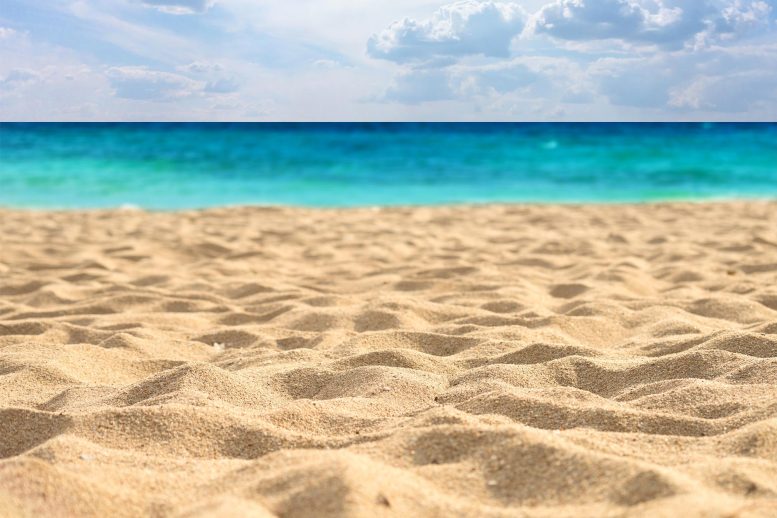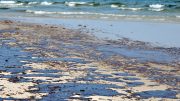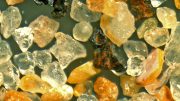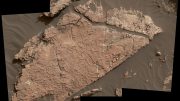
Beach sand results from an age-long journey of eroded mountain sediments transported by rivers, offering clues about their origin and journey based on their color and shape. However, human activities, notably dam construction, have disrupted this cycle, trapping significant amounts of sand and causing worldwide shoreline erosion.
Where Does Beach Sand Come From?
The seemingly simple beach sand is actually the result of an epic natural process of mountain erosion and river transport. As mountains erode, they produce sediments including mud, sand, gravel, cobbles, and boulders, which then travel via streams and rivers to the sea, getting ground down along the way.
There’s more to beach sand than meets the eye. It has stories to tell about the land, and an epic journey to the sea. That’s because mountains end their lives as sand on beaches.
Over time, mountains erode. The mud, sand, gravel, cobbles, and boulders they shed are washed into streams, which come together to form rivers. As they flow down to the sea, all this sediment is ground up and worn down in nature’s version of a rock tumbler.
Big rocks break down into smaller pieces, so most of what reaches the sea is mud. These silt and clay particles are too small to perceive with the naked eye. But you can see individual grains of sand, which are just bigger bits of rock.
Next time you’re at the beach, pick up a handful of sand and look closely at it. Are all the grains the same color, or a rainbow assortment? Are they jagged and angular, or smooth and round?

This started as a mountain range.
Different colors of sand come from different minerals, like khaki feldspar, smoky white quartz, green olivine, or black basalt. The mix of colors in beach sand tells you what kinds of rocks produced it.
The shape of sand grains also provides clues about where they come from. Angular grains of the same type of sand have not traveled as far as smooth round grains, which have been more worn down. And weak rocks break down to mud faster than hard rocks, so sand tends to be made of the harder types that break down slowly.
About a tenth of the supply of sediment that reaches the sea is sand. These particles are between about half a millimeter and 2 millimeters in size – roughly as thick as a penny. These particles are large enough that they don’t flow right out to the deep sea.
But the beach is just a temporary stop for sand. Big waves pull it offshore, and smaller waves push it along the coast. So keeping a beach nourished with sand is essential for keeping it sandy.
Many beach towns spend millions of dollars to rebuild eroded beaches with new sand.
Yet today many beaches are starving. Many dams trap the sand that flows down rivers, piling it up in reservoirs. All in all, human activity has cut off about half the sand that would otherwise end up on the world’s beaches.
But humans haven’t turned the waves off, so as beach sand washes away and isn’t replenished, the shoreline erodes. That means that many beaches around the world are shrinking, slowly but surely.
So next time you dig your toes into beach sand think about the epic journey it took to arrive beneath your feet. Take a moment to think about where the sand came from and where it’s going.
Written by David R. Montgomery, Professor of Earth and Space Sciences, University of Washington.
Adapted from an article originally published in The Conversation.![]()









“However, human activities, notably dam construction, have disrupted this cycle, trapping significant amounts of sand and causing worldwide shoreline erosion.”
Therefore, next the time that you read about how beaches are eroding and cliffs are retreating from the attack of waves, keep in mind that it isn’t just the rise in sea level that is responsible. While rising sea level can be responsible for a transgressing sea undermining cliffs, the real world is more complex. It is often either a mix of processes, or one process in one locality, and a different process in a different locality. Seashore cliffs are typically associated with uplift of the land, while wide beaches and swamps are more common where the land is subsiding. The situation is further complicated by what is called the long-shore transport current that moves sediment, such as beach sands, parallel to the coast.